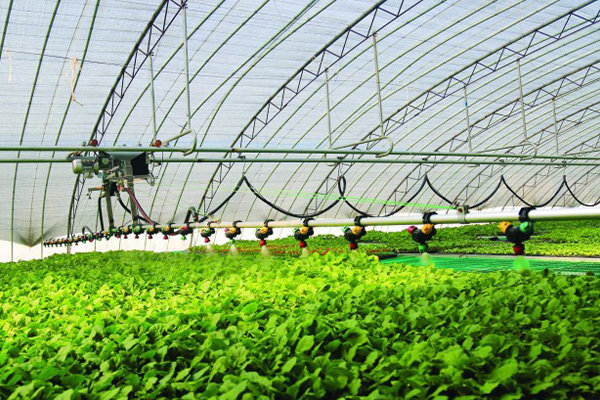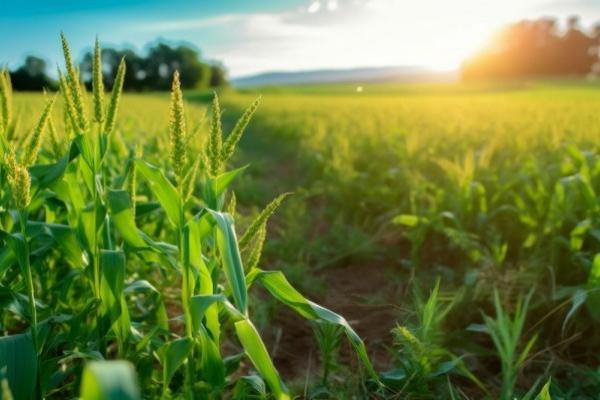**The Impact of Emulsifiers on Pesticide Effectiveness: Dispersion and Adhesion Explained**
Release Time:
Nov 26,2024
As an important part of pesticide preparations, pesticide emulsifiers play an important role in improving the dispersion and adhesion of pesticides.
As an important part of pesticide preparations, pesticide emulsifiers play an important role in improving the dispersion and adhesion of pesticides.
1. Emulsification
The core function of an emulsifier is its emulsification. Many active ingredients in pesticides often exist in the form of oily liquids or solid particles, and these ingredients are often difficult to disperse evenly when added directly to water to form a stable suspension. Through its special molecular structure, the emulsifier can form a film at the oil-water interface, disperse the oily pesticide into tiny droplets, and form a uniform emulsion in the water. This emulsification significantly improves the dispersability of pesticides in water, allowing pesticide molecules to more evenly cover the surface of the target crop.
2. Reduce surface tension
Surface tension is one of the important factors affecting the dispersion of liquid. Surfactant components in pesticide emulsifiers can effectively reduce the surface tension of water, so that the interaction between water molecules is weakened, and it is easier to be penetrated and dispersed by pesticide molecules. Reducing the surface tension is conducive to the rapid diffusion and uniform distribution of pesticide particles in water, which improves the dispersion efficiency and application effect of pesticides.
3. Stabilizing lotion
Pesticide emulsifiers can not only disperse pesticides into emulsions, but also maintain the stability of emulsions through the interaction of their molecules. In the process of pesticide use, if the emulsion is unstable, it is easy to stratify, precipitate or break milk, resulting in uneven dispersion of pesticides and affecting the use effect. The stabilizer component in the pesticide emulsifier can enhance the interaction between the particles in the emulsion, prevent the particles from aggregating and settling, thus maintaining the stable state of the emulsion and ensuring that the pesticide always maintains efficient dispersion and adhesion during use.
4. Enhance permeability
In addition to improving the dispersability and adhesion of pesticides, pesticide emulsifiers can also enhance the permeability of pesticides to plant surfaces through their special molecular structure. Many pesticide emulsifiers contain ingredients that can promote penetration of plant cell walls, which can destroy the integrity of the cell wall, making it easier for pesticide molecules to enter the plant body and exert their control effect. Enhancing the permeability is helpful to improve the utilization rate and control effect of pesticides, and reduce the waste of pesticides and environmental pollution.
5. Adaptation and compatibility
The suitability and compatibility of pesticide emulsifiers is also one of the important factors affecting the dispersability and adhesion of pesticides. Different pesticide ingredients and crop types have different requirements for emulsifiers. Therefore, the selection of pesticide emulsifiers needs to fully consider their suitability for pesticide ingredients and compatibility with the target crop surface. Only by choosing the right emulsifier can we ensure that the pesticide maintains a stable dispersion state and good adhesion effect during use, so as to achieve good control effect.
Key words:
Recommended News




